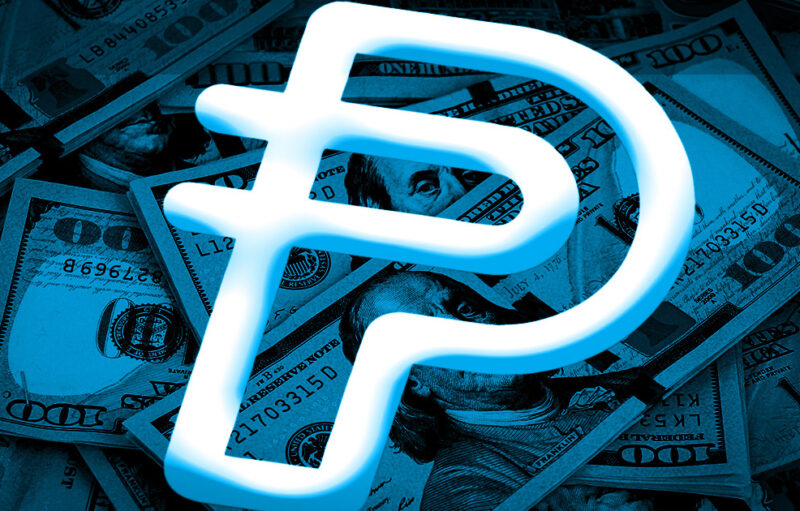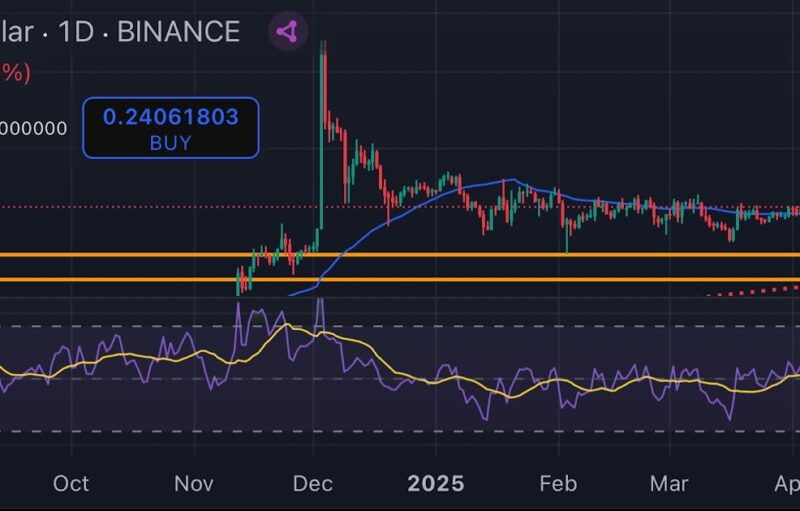Decentralized Exchanges (DEXs) have peaked in popularity since the debut of Uniswap on Ethereum.
Unlike their centralized counterparts, DEXs offer crypto users a permissionless trading ecosystem, allowing anyone across the globe to access crypto markets with ease.
Today, some of the most liquid crypto trading environments are DEXs, with notable platforms such as Curve and Uniswap leading the pack.
According to DeFi Llama, Curve’s total value locked (TVL) is well over $23 billion while Uniswap follows at $7.8 billion.
So, what’s causing the shift to decentralized trading environments? For starters, crypto natives are known for their preference towards decentralized ecosystems, a sentiment that has fueled the growth of DEXs within the past two years.
Additionally, it is now seamless for any interested stakeholder to access the DeFi market regardless of the regulatory hurdles; DEXs eliminate the need for centralized gatekeepers, which have long been a major obstacle.
With DEXs in the picture, one does not have to go through cumbersome KYC processes or pay exorbitant fees to centralized exchanges (CEXs).
Instead, the DEX ecosystem is run through automated smart contracts that act as the middlemen. Even better, it is much easier for innovators to list their native tokens on DEXs compared to CEXs where the centralized stakeholders decide on which tokens to list.
That said, a lot of DEXs have come up within the past year, some of which are built on pioneer chains like Ethereum while others are emerging on Polkadot,
Avalanche and Cardano. The next section of this article will feature a promising DEX from each of the mentioned chains to paint a better picture of the growing DeFi market.
1. Balancer
Balancer is an Ethereum-built DeFi protocol, featuring an automated portfolio manager and trading platform.
This DEX enables crypto users to trade Ethereum native tokens at optimal prices by leveraging pooled liquidity from investor portfolios and the Smart Order Router function to find the best offers.
As for the automated portfolio manager, Balancer introduces a decentralized index fund that allows DeFi users to generate a passive income from their pooled liquidity.
However, unlike the traditional index funds, Balancer’s portfolio management model does not charge a fee. Instead, liquidity providers collect fees from traders who constantly rebalance the positions based on arbitrage opportunities.
Going by the latest developments, this Ethereum DEX is now looking to scale its market prospects past the retail clientele.
They recently formed a partnership with Cowswap, an Ethereum Meta DEX aggregator which solves the MEV issue and gas charges on failed transactions.
Per the announcement, the integration is a first step in building a user-friendly crypto trading ecosystem for both Balancer and Cowswap users.
2. Polkadex
Polkadex is a peer-to-peer DEX order book built on the Substrate infrastructure; this platform combines the benefits of centralized and decentralized exchanges to enhance the trading experience for DeFi users.
The Polkadex order book enables high liquidity and a lightning-fast trading ecosystem. In addition, users can leverage advanced features such as trading bots and high-frequency trading functionalities.
Besides the order book, Polkadex features other fundamental tools, including an IDO pallet that allows crypto innovators to design ERC-20 like tokens.
These tokens can be transferred across multiple blockchain ecosystems based on the Polkadot parachain infrastructure.
Notably, Polkadex is among the beneficiaries of the Web3 Grant, which funded the initial stages of its development.
With Parachains growing more popular, this Polkadot-built DEX is one of the DeFi trading platforms that are setting the stage for an interoperable ecosystem.
Crypto users leveraging Polkadex can also integrate multiple hot wallets or delegate their assets to third party managers.
Last but not least, Polkadex features a decentralized KYC option, which enables users to be regulatory-compliant while maintaining their privacy.
3. Pangolin
The Pangolin DEX is among the pioneer decentralized trading platforms on Avalanche, a fast-rising Layer-1 chain that supports DApp development.
Like Uniswap and Sushiwap, Pangolin’s architecture is based on an automated market maker (AMM) model, featuring a native governance token dubbed PNG.
Some of the fundamental perks of using the Pangolin DEX include fast and cheap trades, community-driven development and a fair tokenomics model.
The project has allocated 95% of its total token supply (512 million PNG) towards its liquidity mining program while the remaining 5% is for community airdrops.
As for the UI, Pangolin features a friendly interface, enabling both newbies and crypto veterans to swap tokens seamlessly within the Avalanche ecosystem.
Users can also leverage the farming and liquidity mining opportunities by simply connecting their wallets and selecting a farm of their choice.
While Avalanche is yet to challenge Ethereum’s dominance, the emergence of DEXs like Pangolin is paving way for more crypto users to access the DeFi market at cheaper rates.
4. Sundaeswap
Sundaeswap is a Cardano-built DEX, featuring a scalable decentralized trading platform and an automated liquidity provision protocol.
The exchange works in a similar fashion to other DEXs with the only difference being its fundamental infrastructure which leverages Cardano’s UTXO model.
Simply put, Sundaeswap introduces ownerless marketplaces for swapping crypto assets within Cardano’s nascent DeFi ecosystem.
The platform launched its testnet as recently as December 2021 and is soon expected to launch the mainnet, according to the latest blog update.
As for the ecosystem governance, Sundaeswap leverages its native token Sundae to facilitate decision-making on the development of its DAO-governed trading platform.
So far, 5% of the total 2 billion Sundae tokens have already been distributed through an Initial Stake Pool Offering (ISO) that consisted of five epochs.
Per the project’s tokenomics, 55% of the total token supply will be allocated to the community, 25% to the team, 13% to investors, 5% to recruitment and 2% to advisors.
While still in the early stages, Sundaewap’s debut as a pioneer DEX in Cardano’s upcoming DeFi ecosystem is a game-changer for crypto users looking to swap tokens within a more scalable smart contract ecosystem.
Decentralized Exchanges Are the Future of Crypto
The DeFi market may have started only a few years ago, but the growth trajectory has been tremendous over the past two years.
Today, over $227 billion is locked within various DeFi protocols, including lending and borrowing platforms, DeFi derivative protocols, and decentralized exchanges.
Going by the latest crypto market trends, the total DeFi TVL will likely increase as more users pivot to the upcoming cost-friendly DEXs.
This means that the aforementioned DEXs will play a significant role in the onboarding of new capital into the crypto ecosystem.
However, it will require a collaborative effort by stakeholders from all the leading crypto communities to make DEX trading a seamless experience for anyone who wishes to avoid centralized crypto exchanges.
The post appeared first on Coinpedia






